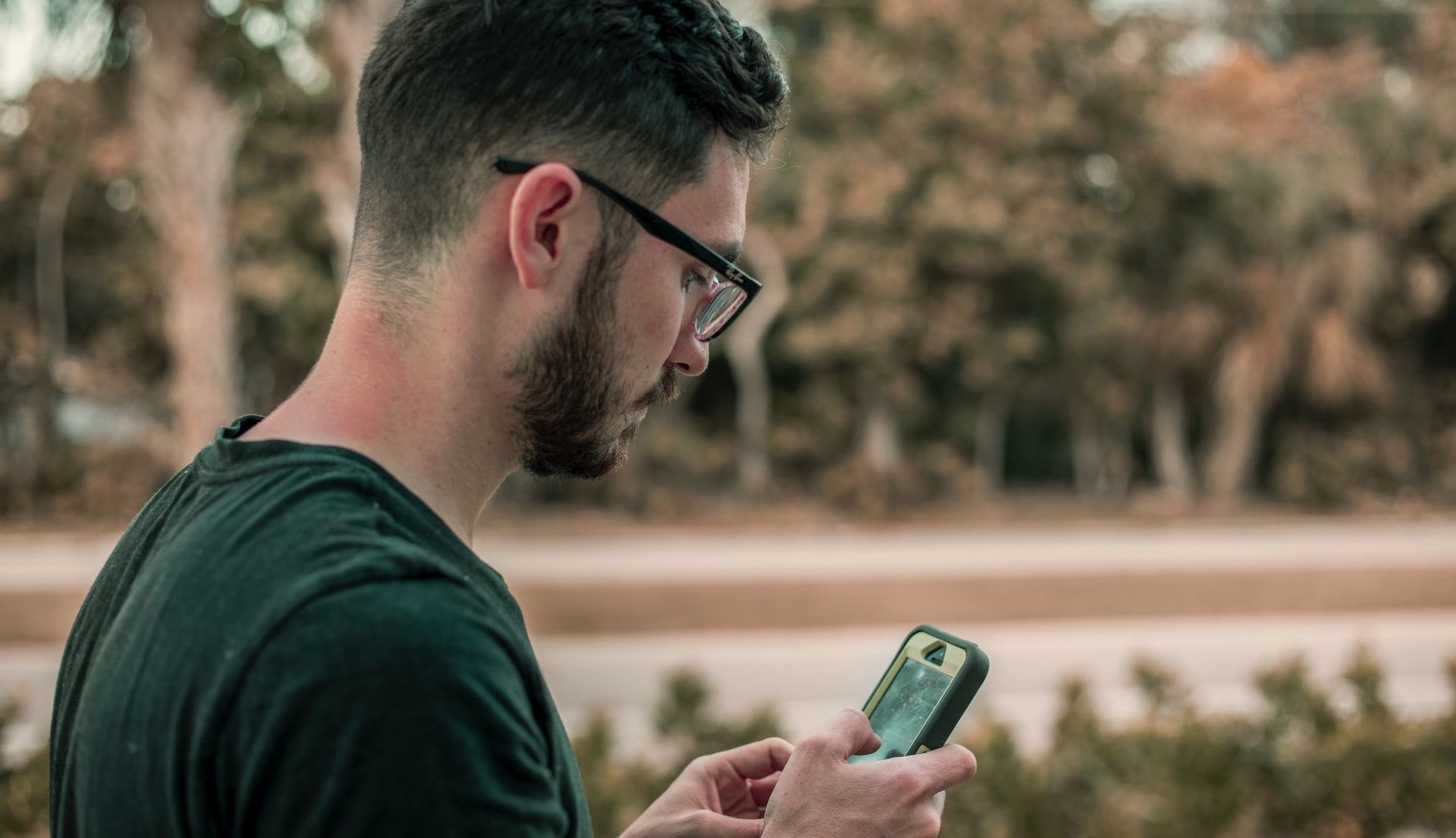Before you connect to free public Wi-Fi again, you should know that you could be a victim of an evil twin attack.
You might innocently connect to a malicious Wi-Fi connection where cybercriminals will monitor your online interactions and tamper with your data. Ignorance isn't an excuse. You need to understand how an evil twin attack works and how to prevent it.
What Is an Evil Twin Attack?
An evil twin attack is a hacking technique whereby an attacker replicates a legitimate free public Wi-Fi network to lure in users and access their data for malicious purposes. Victims of evil twin attacks think that they are browsing on a legitimate public network. Unbeknownst to them, they are on the hacker's network instead.
Attackers initiating an evil twin attack ensure that their Wi-Fi's access point has the same name or a similar name as the original Wi-Fi connection. They usually have a high success rate because most people don't double-check public Wi-Fi before connecting to it.
How Does an Evil Twin Attack Work?
An evil twin attack thrives on the existence of a legitimate free public Wi-Fi system. The attacker’s goal is to make you connect to their malicious network without any suspicion. For that to happen, they must first identify free public Wi-Fi and then create a twin of that network.
The attacker is strategic in choosing where to set up the twin Wi-Fi. They position it in public places such as parks, hotels, and airports—anywhere people gather. Since these are public areas, internet users may not be able to differentiate the legitimate Wi-Fi in the area from a cloned one.
The attacker provides a hotspot that bears the same Service Set Identifier (SSID) name as the legitimate network they are fronting so that users won't raise an eyebrow before connecting.
Legitimate public Wi-Fi may offer a public captive page where users enter some basic information to access the network. The cybercriminal might do the same thing to collect the user’s personal information but with an ulterior motive.
Network strength is key in a Wi-Fi connection. If you are in an area with multiple public Wi-Fi networks, your device will connect to the strongest signal. With this in mind, the attacker boosts their Wi-Fi signal by positioning their router close to their targets, so their signal will overshadow that of the original, true Wi-Fi connection.
The moment you connect to the malicious twin Wi-Fi, the cybercriminal will have access to the information on your device as well as your online interactions. They proceed to steal your data and execute any actions of their choice.
How to Prevent an Evil Twin Attack
Evil twin attacks happen all the time, especially with the popularity of public Wi-Fi networks. In some areas, connecting to public Wi-Fi is the norm. So a hacker doesn’t need to try too hard to strike. Nonetheless, you can prevent an evil twin attack by taking the following precautions.
1. Avoid Using Public Wi-Fi Networks
The best way to avoid an evil twin attack is to steer clear of public Wi-Fi. Since that’s the only medium cybercriminals use to perpetuate the attack, you’ll be off their radar by not using one.
Ensure that you always have a private internet network at your disposal. If you must use free public Wi-Fi, double-check the name before connecting to it. Look out for similar names on the list of available networks. In most cases, the name of the malicious twin network will be the wrong spelling of the original network.
2. Disable Auto-Connect to Networks
Many people have a habit of setting their devices' Wi-Fi to auto-connect, so they can automatically use free public networks. This might seem beneficial to them on the surface, but actually, they are exposing themselves to evil twin attacks.
Disabling auto-connect on your devices saves you from falling for evil twin attacks that are set up within your area. Since auto-connect is convenient for using trusted networks, ensure that you turn it on only when you are in trusted environments such as your home and office.
3. Activate a Virtual Private Network (VPN)
If you are bent on using free public Wi-Fi, you need to secure your device with a Virtual Private Network (VPN). An effective VPN protects your device against an evil twin attack by encrypting your data.
Once the VPN encrypts your data, the attacker won’t be able to read it.
Using a VPN is a good cybersecurity practice as it protects you from an array of cyberattacks, especially when you are in places with networks that you can’t trust.
4. Heed Security Alerts
Some devices and security suites have cyber threat detection features. When you connect to a suspicious network, your device might alert you about pending danger with a warning notification. Ignoring these will be to your detriment. Disconnect your Wi-Fi immediately if you get a security alert.
5. Use Multi-Factor Authentication
Multi-factor authentication requires additional verification by you before you can access your account. Even if an attacker gains access to your system because you are using their Wi-Fi, they’ll need to verify their identity to enter your accounts. Unless they can provide the correct credentials in the multi-factor authentication process, they won’t be able to use your services.
Multi-factor authentication adds extra security layers that cover lapses or loopholes in your cybersecurity efforts. It’s built on advanced technology that hackers can’t bypass without having access to the devices that you use for verification.
6. Prioritize Using HTTPS Websites
The Hypertext Transfer Protocol Secure (HTTPS) offers a secure connection between you as a user and the website you are browsing on. Unlike its HTTP counterpart, HTTPS technology encrypts your activities on a website, making it difficult for intruders to spy on you or steal your data.
If you access an HTTPS website on a malicious twin Wi-Fi, the encryption feature on the site will protect you from an attacker.
Securing Your Devices Against Evil Twin Attacks
An evil twin attack is one of the easiest forms of cyberattack due to the widespread culture of using free public Wi-Fi networks. While it’s convenient to browse on public networks at no cost, you might pay much more for it if your essential data get into the hands of cybercriminals.
It’s advisable to avoid free public networks completely, but it isn’t as easy as it sounds. Endeavor to take the necessary precautions to secure your devices so that, if you connect to an evil twin Wi-Fi, you’ll be immune to the threats that lie within.




